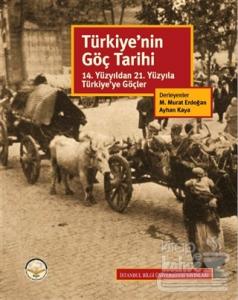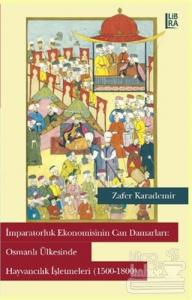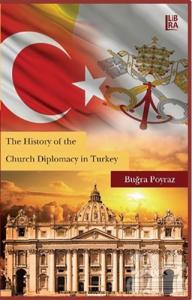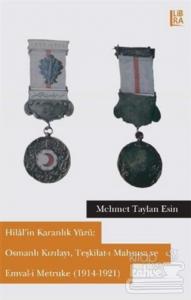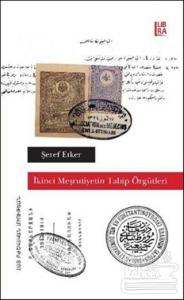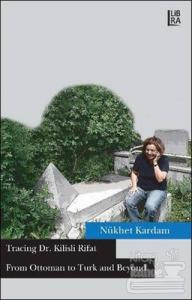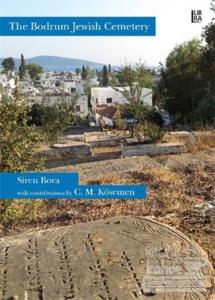
Well-known specialists of Judeo-Spanish and newcomers explore the intersection of language and social identity in the chapters of this book. How did linguistic self-perception shape the thriving Judeo-Spanish speech and print cultures of the Jews in the Balkans, Turkey, and the Levant?
Did their attitude toward language influence the crisis that they experienced after ncountering the assertive nationalisms of the twentieth century? Can identification with the language continue in other forms after emigration, or if the language no longer served the purpose of communication among the new generations?
Well-known specialists of Judeo-Spanish and newcomers explore the intersection of language and social identity in the chapters of this book. How did linguistic self-perception shape the thriving Judeo-Spanish speech and print cultures of the Jews in the Balkans, Turkey, and the Levant?
Did their attitude toward language influence the crisis that they experienced after ncountering the assertive nationalisms of the twentieth century? Can identification with the language continue in other forms after emigration, or if the language no longer served the purpose of communication among the new generations?

